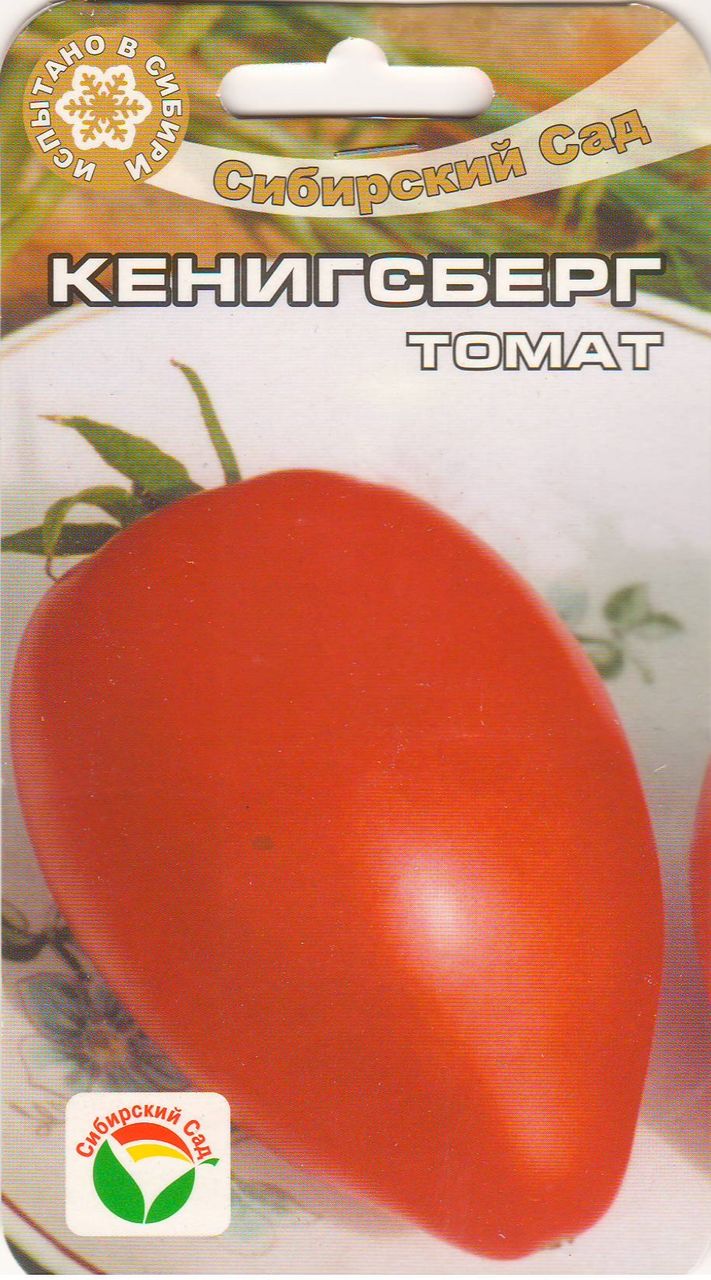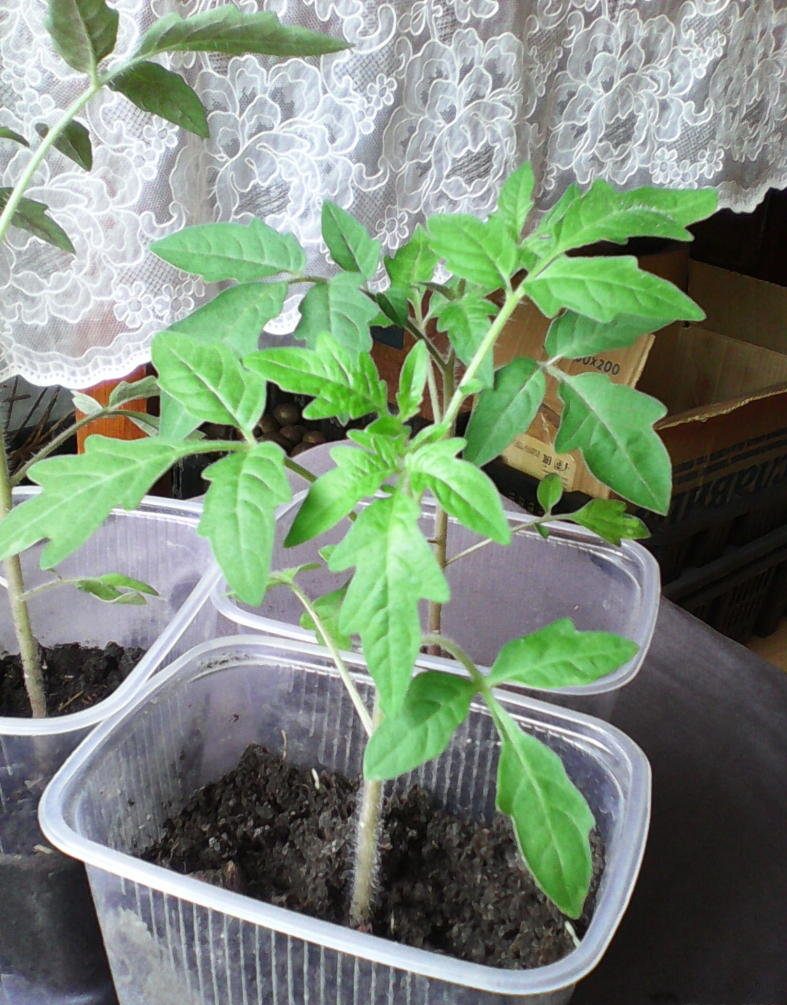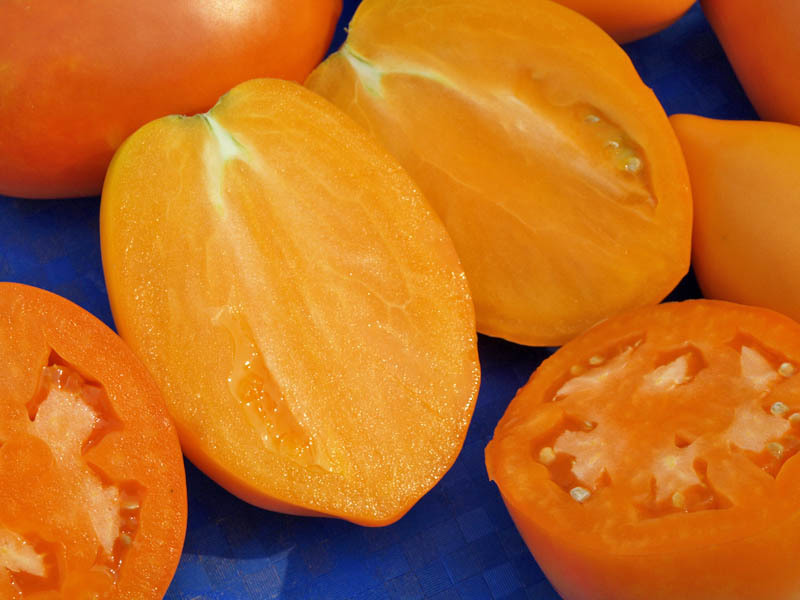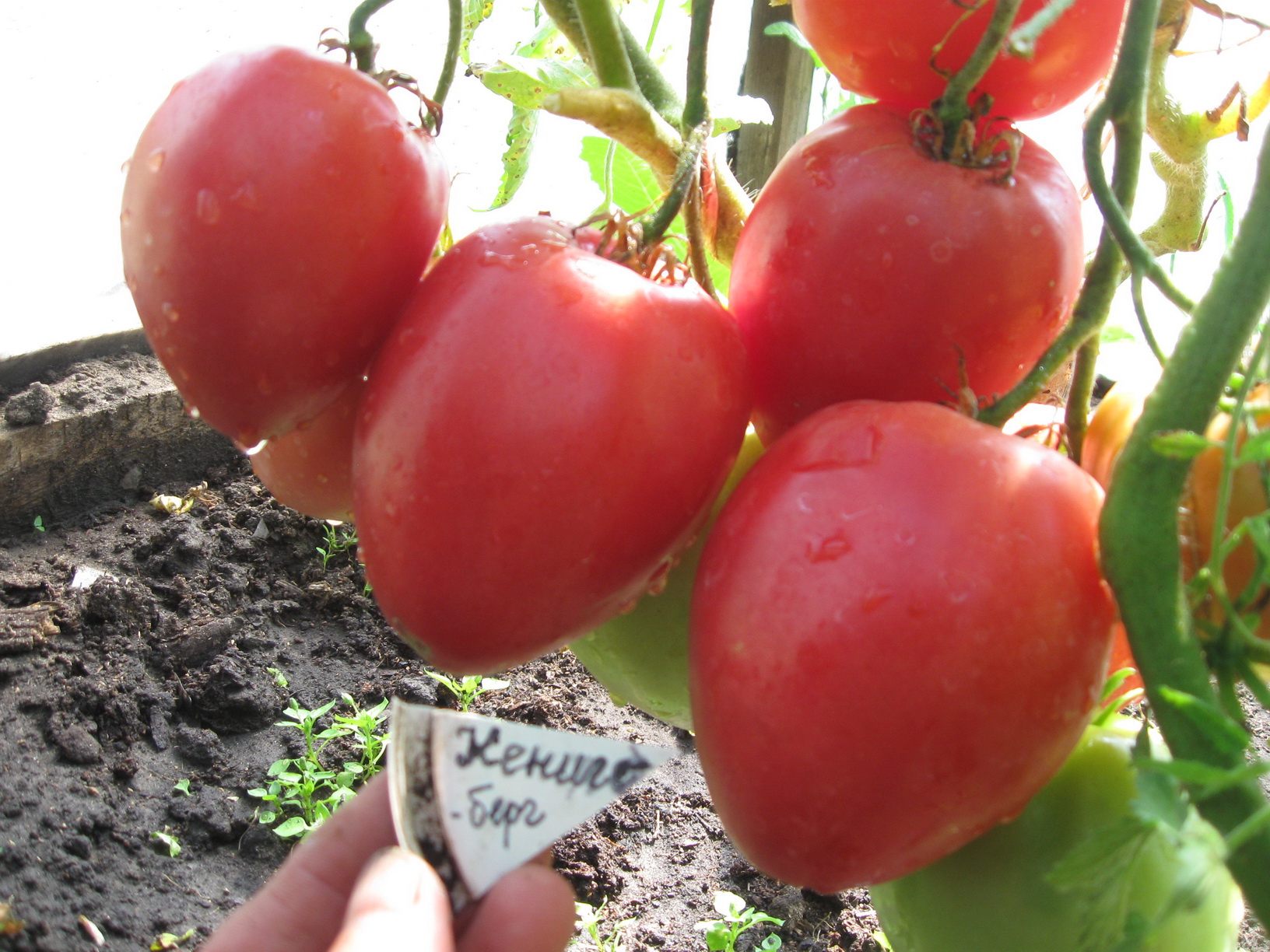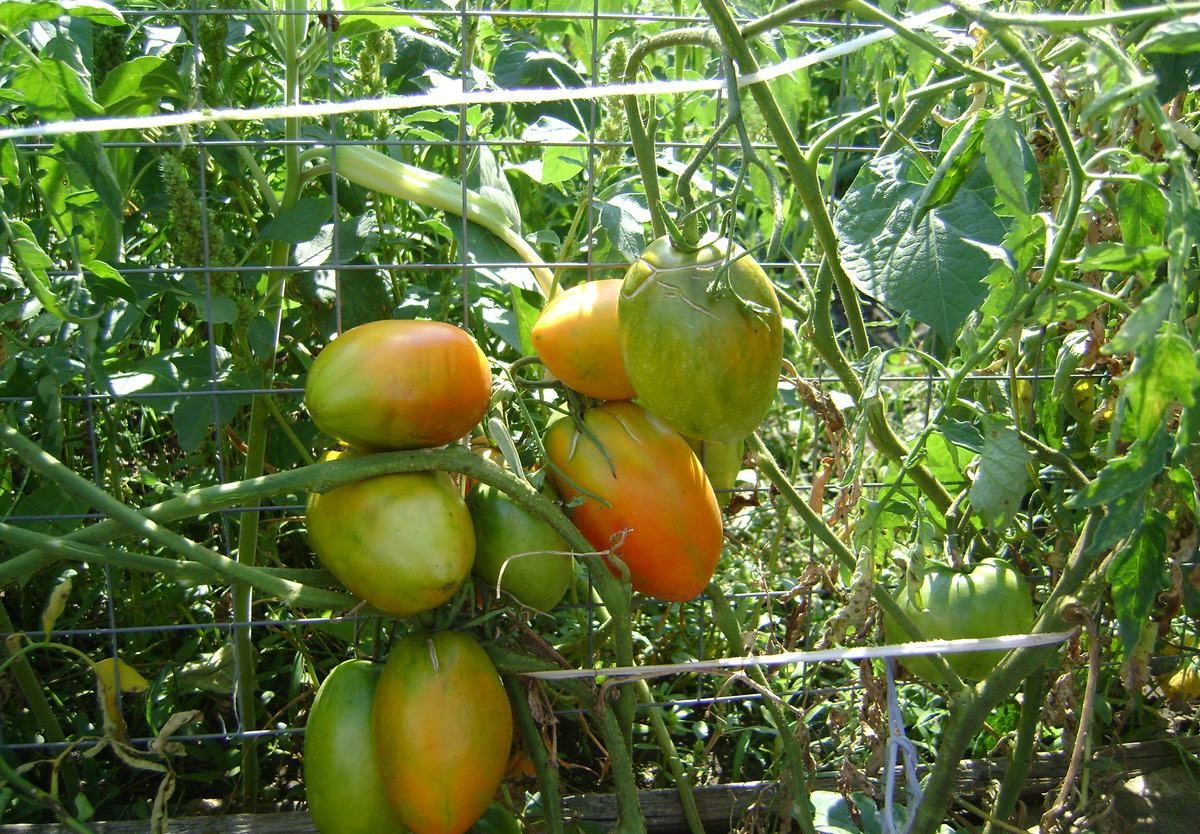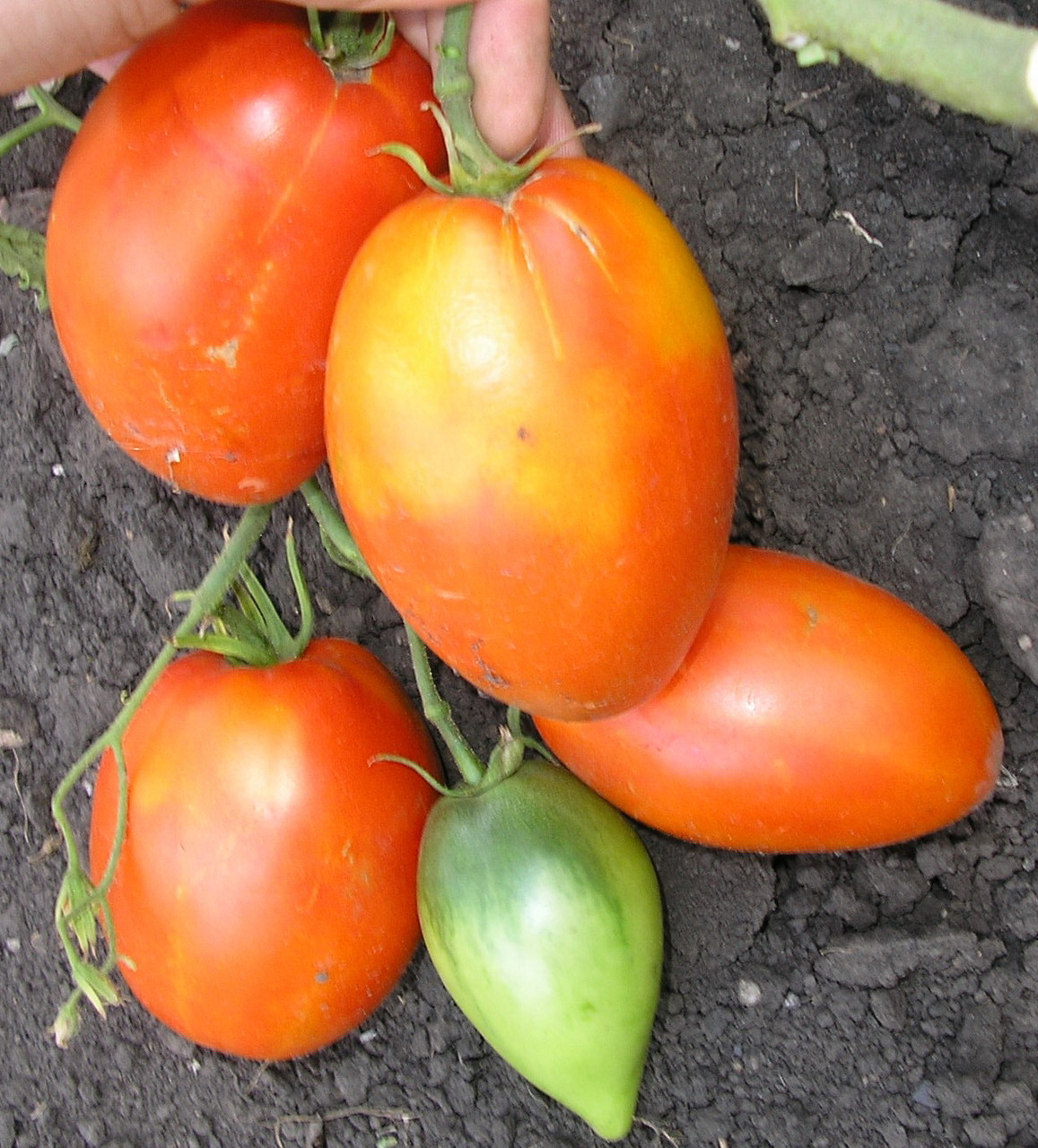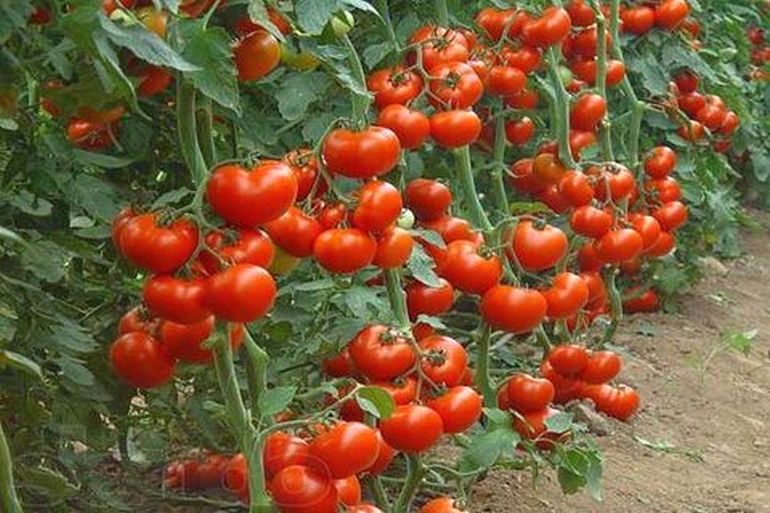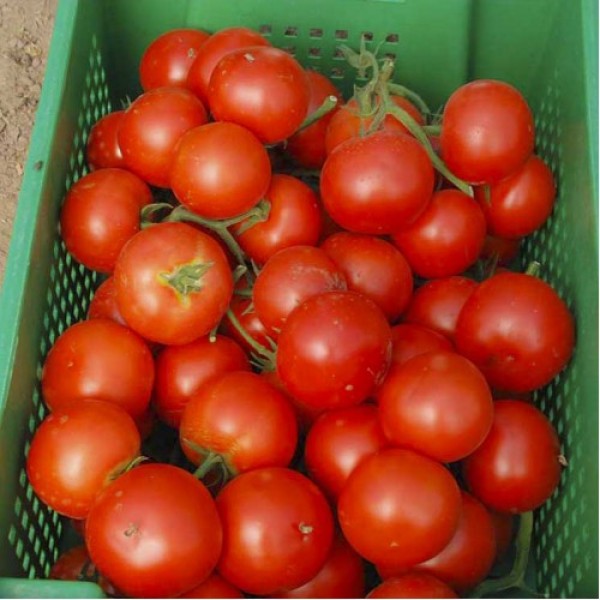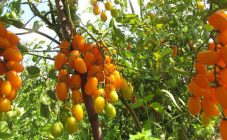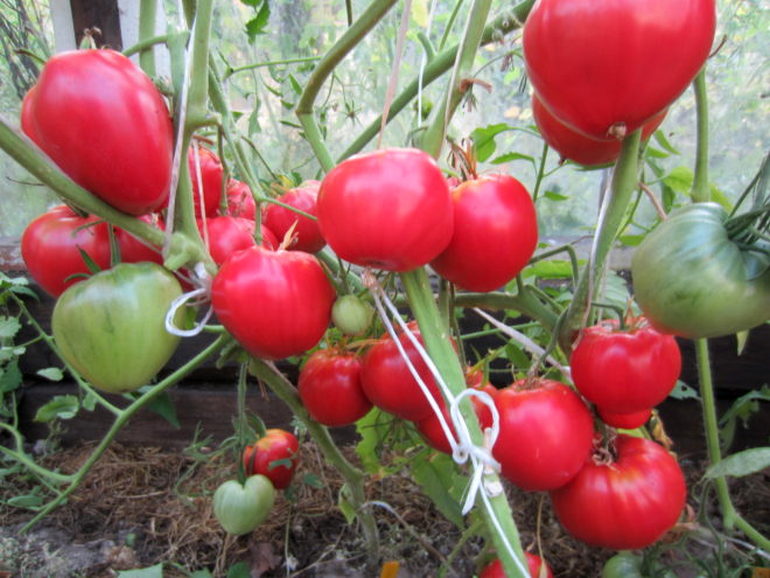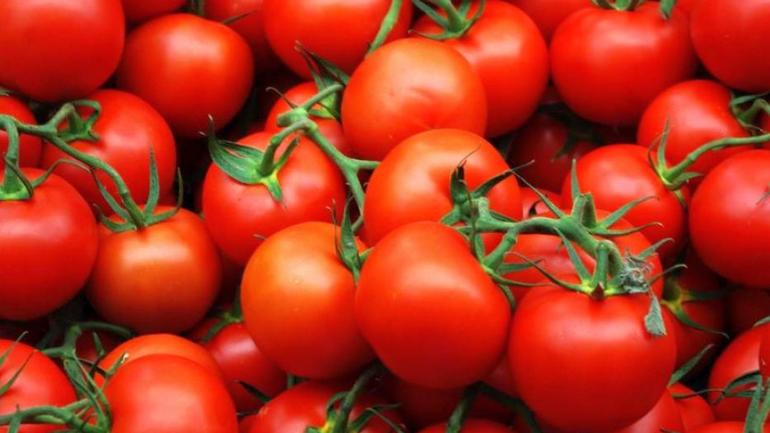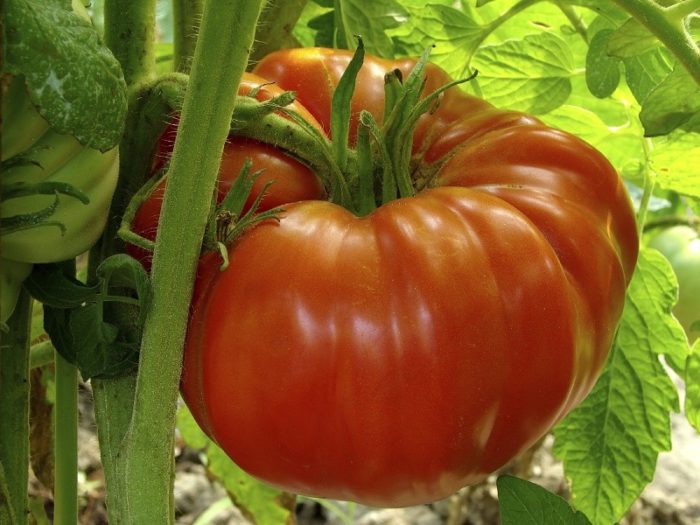Content:
Tomato as a culture belongs to vegetables of the Solanaceae family. These are mainly annual plants. The root is highly branched, pivotal, penetrates deep into the soil (up to 150 cm), the stem is herbaceous and juicy. They have beneficial properties due to their high vitamin content. Grown from seed by seedlings. This culture is in great demand and has a wide variety of varieties to choose from.
History of creation
Tomato Konigsberg was bred by Russian breeders in 2005. Several varieties have been bred. This variety was created in Siberia, its main properties are frost resistance and high yield. The variety is suitable for planting in various climatic regions, both in harsh and hot climates. The fruits are distinguished by their fleshy pulp and high content of nutrients (vitamins, minerals, antioxidants).
Description tomato Königsberg
Frost resistance
Thanks to its powerful root system, the variety copes with both frost and drought, is suitable for growing both in the open field and in warm rooms (hotbeds, greenhouses).
Yield
The second feature of the variety is its high yield. From one square meter, the yield reaches up to 20 kilograms. The variety belongs to the mid-season - about 110-115 days pass from planting to harvest.
Bloom
The variety is self-pollinating. To improve self-pollination, the bushes are shaken during flowering.
Plant parameters
The plant reaches a height of 2 meters. The fruits are rather large, smooth (weight from 300 to 1000 grams). The leaves are large in size. Leaf shape is similar to potato, dark in color and slightly pubescent. The variety is indeterminate, that is, it has no final point of growth. The bush must be shaped. The best option is two stems.
Diseases
The variety is resistant to all sorts of diseases and pests. But preventive spraying should still be carried out. Improper plant care can cause some diseases. This disease includes apical rot. These are spots that appear on the underside of the green fruit and dry out the fruit. Rot appears mainly for two reasons: lack of moisture in dry weather and little calcium in the soil. When the disease has already manifested itself, the affected fruits should be removed, and the soil should be watered in the evening. Moisture should not get on the leaves and fruits. The second reason can be prevented by putting finely ground egg shells into the holes when transplanting seedlings, or by spraying the plants with a 10% solution of potassium nitrate.
The Königsberg tomato has several varieties, one of which is also called the new Königsberg tomato. All varieties have similar properties, but differ in color and shape of the fruit.
Varieties
Tomato Konigsberg red: description
The name comes from the characteristic dark color of the fruit. The shape is elongated, reminiscent of an eggplant. The pulp is fleshy, there are few seeds. This variety is high in lycopene, which is an antioxidant and helps to improve the functioning of the cardiovascular system.Weight - from 300 to 750 gr.
Tomato golden Konigsberg: characteristics and description of the variety
The shape of this variety corresponds to the previous one, but the difference is the color - bright yellow or orange (golden). The yield of the golden Konigsberg tomato is slightly lower than other subspecies, they do not have such large fruits. The fruits are high in carotene. Also, Konigsberg gold is sometimes called "Siberian apricot", which is associated with its characteristic color. The weight of tomatoes reaches 300 grams.
Heart-shaped tomato Konigsberg
Königsberg heart-shaped - pink tomato, shape resembles a heart. Differs in the largest fruits among the Königsberg varieties. The pulp of the fruit is juicy and has a raspberry hue. This variety has a high yield rate - an average of 5 kg of fruits are collected from a bush.
Agrotechnics
Soil preparation
The soil on the site for planting the plant should be prepared in the fall. Tomato is not picky about the soil, but fertilization of the soil will be a plus to get a good harvest. Humus is used as fertilizer (half a bucket per square meter). The soil should be treated with agents against fungal diseases.
Sowing seedlings
Seedling soil is better suited to slightly alkaline. Two months before the planned planting, seedlings are planted, mainly in early spring (March-April). The seeds are sown to a depth of 1-3 cm. In order for the seeds to germinate, they need a temperature of at least 23-26 degrees.
Diving (transplanting seedlings into separate containers) is necessary if the seedlings are in boxes. The dive is carried out after the appearance of at least two leaves. Before transplanting, water the soil with seedlings two hours before transplanting. Moist soil will make it easier to remove the plants. New transplant containers should also be prepared in advance. The soil should also be slightly alkaline. For the prevention of diseases, it is recommended to water the soil with a weak solution of potassium permanganate. The bushes should be removed carefully to avoid damage to the roots.
At the main root of the selected bushes, it is necessary to pinch off the lower end. You need to plant in a hole 6 cm deep, but the root should not bend. After transplanting, water the plants well with warm water. Seedlings need a lot of light and abundant watering. Must be hardened before planting. To do this, two weeks before planting in the ground, the seedlings are transferred to a room with a temperature of about 15 degrees.
Plant care
Seedlings should not be watered ten days before planting. Plant a maximum of three bushes per square meter. Water should be plentifully at the very root. The bushes grow tall, up to 2 meters, so the plants need support and a garter. The garter is recommended for 2-4 weeks after transplanting. In the open ground, pegs or trellises can serve as a support. In closed rooms, tie it up with a rope or wire stretched at a height.
Removal of stepchildren is carried out every two weeks. When the first fruits appear, pinching should be stopped.
Loosening the soil and getting rid of weeds is imperative. If desired, mulching can be carried out (regulation of water and air regimes of the soil around the plant using mulching materials). During the fruiting period, fertilizing is carried out with mineral fertilizers. The variety resists diseases and pests well, but, nevertheless, preventive measures must be taken. For this purpose, any protective measures applicable to other horticultural crops (spraying with biological agents) are suitable.
Advantages and disadvantages of the variety
As noted earlier, the variety has a number of advantages. These include:
- - high yield rates and independence from climatic conditions;
- - good resistance to diseases and various pests;
- - planting is possible both in open and closed ground.
There are also some disadvantages:
- - too large fruits;
- - tall bushes that need a garter.
The article discusses the characteristics of the Konigsberg tomato. Thus, this type of tomato is a wonderful invention of Russian breeders. The variety has many advantages and is easy to plant. Compliance with simple rules and proper care will help you get a rich harvest. Königsberg tomatoes have interesting colors and will decorate your garden.
